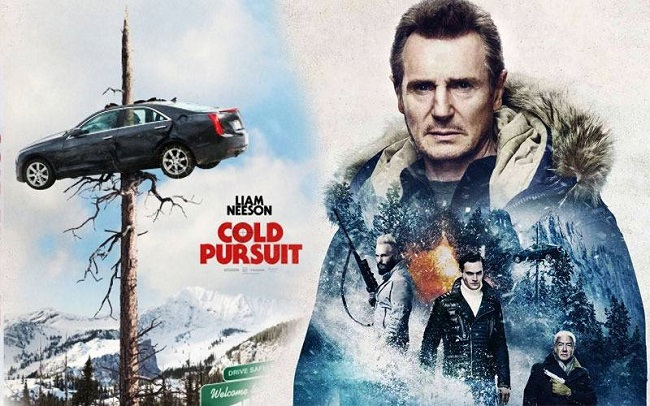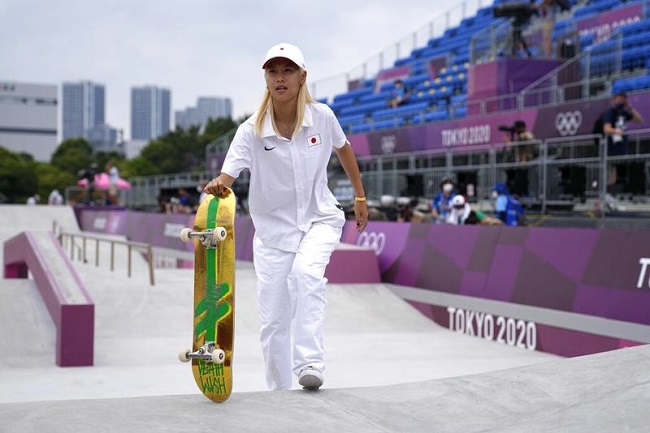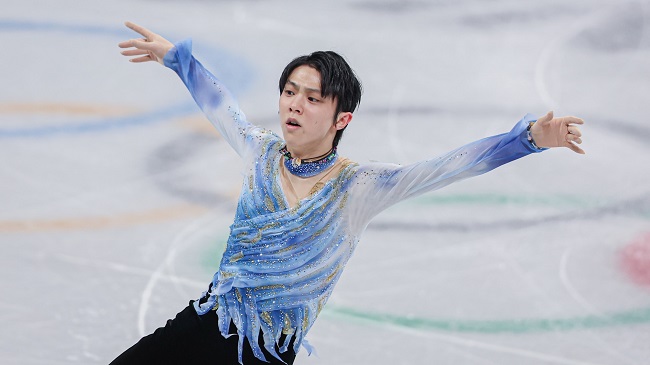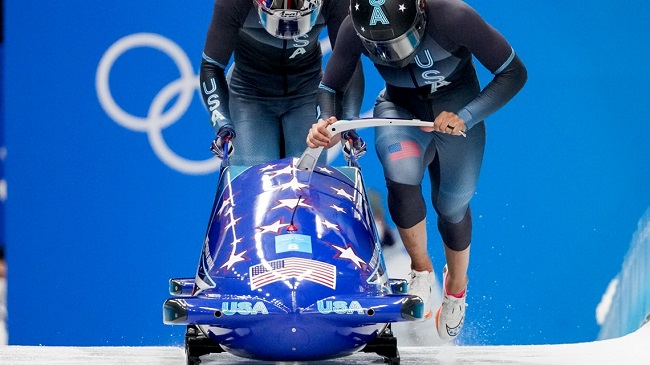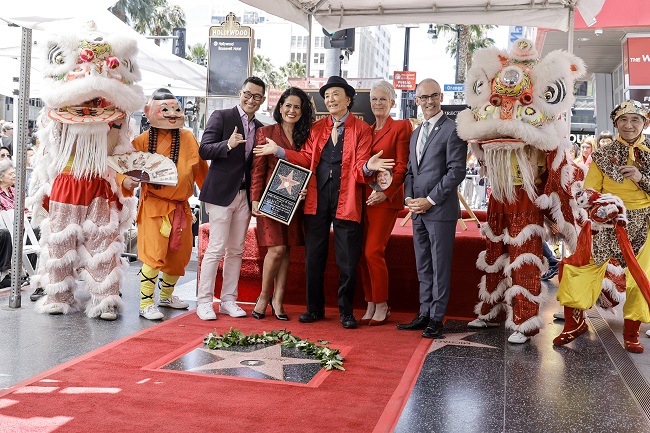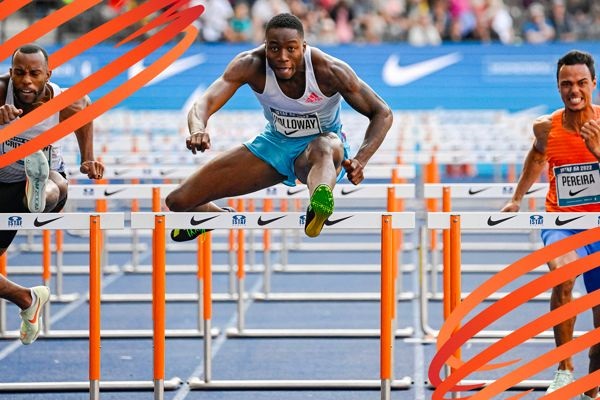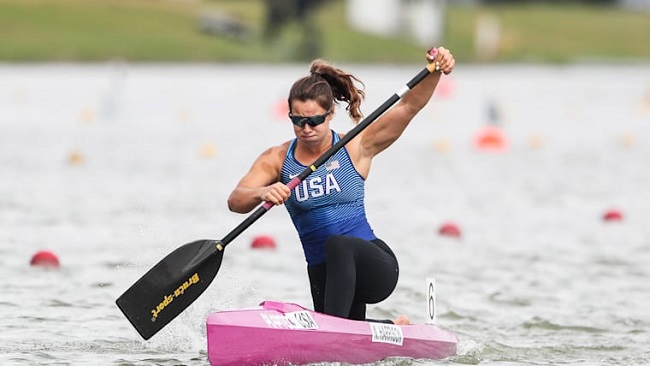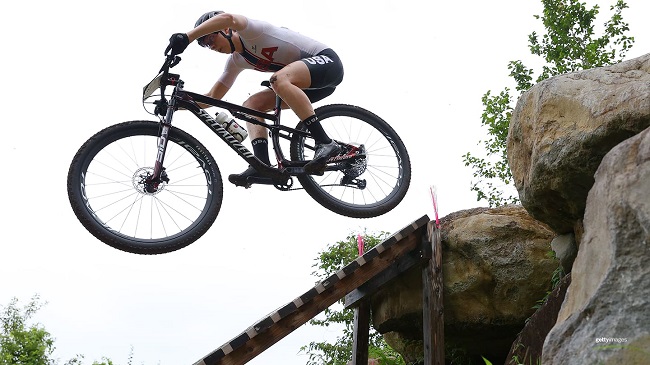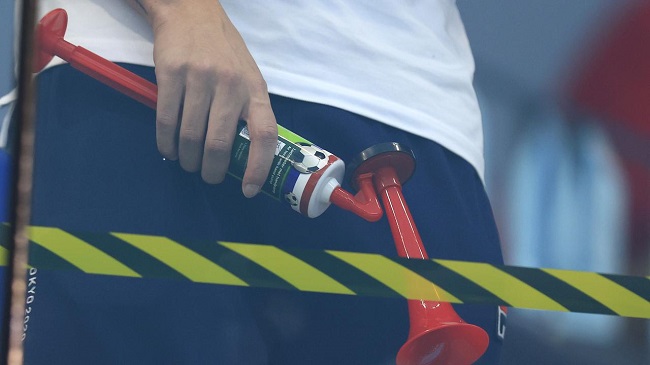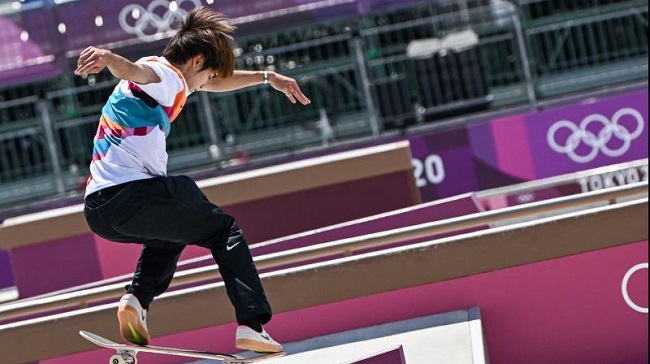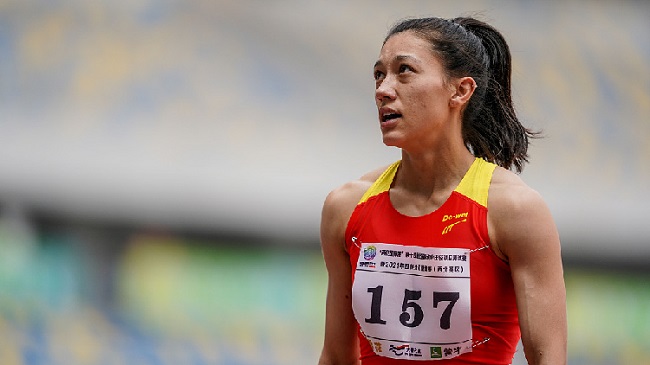When the Olympics come around, the globe gets to see a bunch of sports it probably wouldn’t see otherwise.
There are the perennial favourites, like basketball and swimming in the summer and hockey and skiing in the winter, but there are also a select few sports that only get their due every four years.
Learn more about luge tracks, such as their size, costs, and more, below.
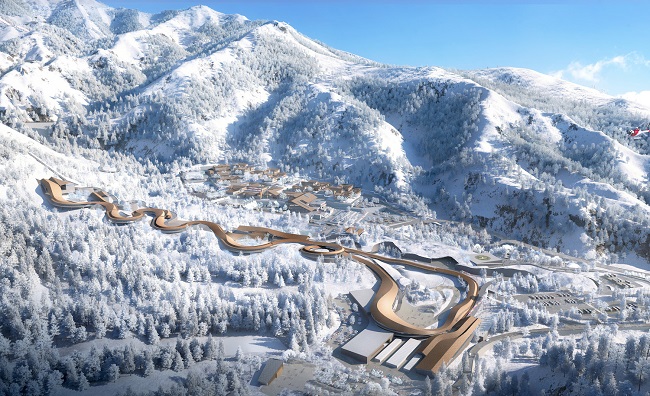
What Exactly is a Luge?
In the sport of luge, one or two competitors ride a flat sled while lying on their backs, feet first. The track is sloped ever-so-slightly downward so that the athlete and sled can be dragged along by gravity.
Athletes don’t all run down the track at once, but their times are added together at the end, and the person with the best total time is the winner.
There are four luge events at the Olympics: men’s and women’s singles, doubles, and a team relay. Although both sexes are welcome to participate, men have dominated the doubles competition since since it was introduced in 1964.
The men’s, women’s, and men’s doubles events have been part of the team relay since its inception in 2014, with the fastest aggregate time determining the winner.
How Big is the Luge Course?
The 2022 Winter Olympics luge competitions will take place at the Yanqing National Sliding Centre in the Xiaohaituo mountain region to the northwest of Beijing. All luge, bobsleigh, and skeleton events will take place on the track, which was constructed specifically for these Olympics during the past few years.
There are a total of 16 turns and a wide variety of inclines and declines across the track’s length of 1,615. Athletes will also have to negotiate a challenging 360-degree turn. Athletes will face a new and different test because not every luge track is the same. Distances, arcs, and widths of tracks are not standard across the globe.
In the Olympics, how Fast can a Luger Go?
The top speed for Olympic lugers is 145 kilometres per hour (90 miles per hour).
Which Winter Olympic Sport Requires the Most Speed?
On average, luge athletes travel faster than their bobsleigh and skeleton rivals, making it the fastest of the Winter Olympic sports.
The Cost of Luge Rides.
When you factor in all that goes into the sport of luge, you’ll find that it can get pricey, just like any other.
Elbow and knee pads ($20–$30), a speed suit ($150–$350), gloves ($25–$65), spikes ($30–$50), booties ($100–$160), and a sled ($800–$1,000) are all required of athletes. Therefore, getting started in luge will set you back a hefty buck.
The tracks themselves are a major expense. It is projected that $114.5 million was spent on building the PyeongChang Olympic Sliding Centre, which played home to the 2018 Winter Olympics.
Are All Luge Tracks the Same: In the United States, How Many Different Luge Tracks are There?
In total, there are just 16 artificial luge tracks worldwide, with just two located in the USA. Lake Placid, New York is home to the Mt. Van Hoevenberg Olympic Bobsled Run, which first opened in 1930 and held bobsled competitions at the 1932 and 1980 Winter Games. Park City, Utah is home to the Utah Olympic Park Track, which was built in 1997 for the 2002 Winter Games.
Two American luge tracks are found in Michigan’s natural terrain. In Muskegon, the track length is a mere 259 metres and there are only six turns. The Negaunee track is the only full-length natural luge course in the country measuring 812.8 metres with 29 turns. Thanks for reading our article Are All Luge Tracks the Same.







